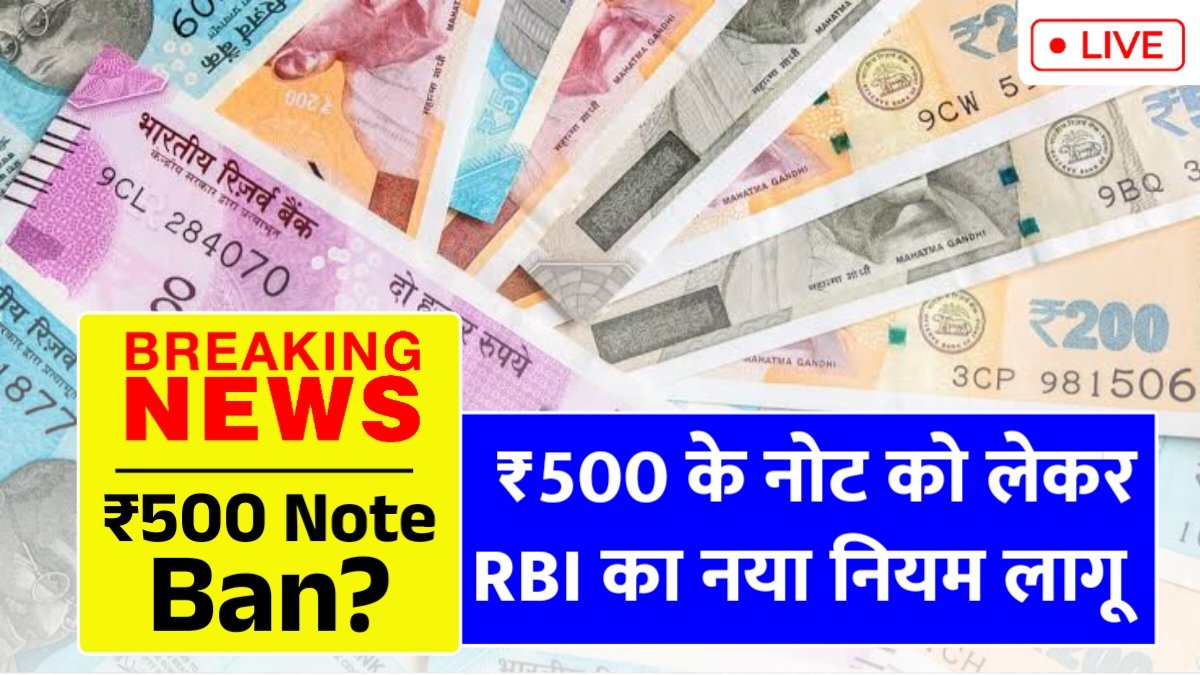In recent days, numerous rumors have spread on social media regarding the 500 rupee note in India. Some viral posts claimed that the Reserve Bank of India (RBI) was planning to withdraw this note from circulation. These false reports created anxiety and confusion among the general public, especially small traders and daily wage laborers. A temporary shortage of 500 rupee notes at ATMs and banks further fueled these fears, leading people to rush to exchange their notes, reminiscent of the 2016 demonetization.
🔍 RBI’s official statement: 500 rupee note completely valid
Recognizing the gravity of the situation, the Reserve Bank of India issued a clear statement. The bank stated that the 500 rupee note remains completely valid and there are no plans to withdraw it from circulation. The RBI also clarified that while the ₹2,000 note was withdrawn, the ₹500 note will remain an integral part of the Indian economy. The bank appealed to the public to seek information only from official sources and not pay attention to rumors.
🏦 The process of exchanging torn and worn-out notes has become easier
The RBI has also simplified the process of exchanging damaged notes. Now, all banks will accept torn, mutilated, or soiled notes without any objection and will issue new notes in exchange. This service is completely free. Even if the note is discolored, slightly torn at the edge, or dirty, the bank will still accept it. This arrangement is especially helpful for those who transact cash daily.
🔍 How to Identify a Genuine and Fake Note
To protect against counterfeit notes, the RBI has provided some signs to identify a genuine 500 rupee note:
A clear Ashoka Pillar symbol on the right side
The Swachh Bharat Mission logo and slogan
The year of printing is clear
The tactile feel of the special paper
These signs can help ordinary people identify a counterfeit note. Using a counterfeit note is a criminal offense.
📉 Category of Unsuitable Notes and Bank Responsibility
The RBI also specified which notes fall into the category of “unfit”—such as completely faded color, excessive dirt, lack of legible information, holes, burns, or chemical damage. Banks accept such notes and exchange them after evaluation to prevent harm to the public.
💰 500 Rupee Note: The Basis of Daily Life
The 500 rupee note is the most practical currency for middle-class families and businesses. This amount is suitable for groceries, petrol, medicines, travel, and other daily needs. Neither too small nor too large—so this note maintains balance in transactions.
🔚 Conclusion
The rumors surrounding the 500 rupee note have now been put to rest. The RBI’s clear statement and new regulations have brought relief to the public. It is now essential that people seek information only from official sources and avoid rumors. The 500 rupee note will continue to be the heartbeat of the Indian economy.
